Online dating platforms offer a way for people to connect globally. Unfortunately, they also present attractive targets for scammers seeking to propagate romance scams. Understanding and addressing the risks associated with these scams is necessary to maintain the safety of your users and the integrity of your platform.
According to the Federal Trade Commission, people in the US lost $1.3 billion to romance scams in 2022, with the median amount being $4,400. In 2021, the FBI’s Internet Crimes Complaint Center reported nearly 25,000 victims of romance scams, totaling losses of over $950 million. These statistics highlight the urgent need for effective security measures to prevent fraud and protect users.
In this blog post, we explore common types of online dating scams, their methods of operation, and how Trust Stamp’s advanced security solutions—(e.g. facial biometric authentication, duplicate face detection, biometric watchlists, and age estimation)—can help safeguard your platform from threat actors.
The Growing Threat of Online Dating Scams
Online dating platforms have transformed how we connect with potential partners, but they have also become a fertile ground for fraudsters. The rise of online dating scams poses significant risks to both users and platforms. Understanding the scope of this problem is the first step toward addressing it.
Statistics on the Increase in Online Dating Scams:
- Financial Losses: Individuals have reported losing $1.3 billion to romance scams from 2017 to 2022, making it the costliest FTC fraud category. In 2021 alone, people reported losing $547 million, which is more than six times higher than the $87 million reported in 2017.
- Sharp Increase in Losses: In 2022, the median individual loss to a romance scam was $4,400, marking an 80% increase from 2021, when median losses were $2,400 per incident.
- High Cost of Confidence/Romance Scams: These scams cost individuals over $730 million in 2022, according to the FBI’s Internet Crime Report.
Older Adults are Most Susceptible:
- Significant Financial Impact: According to the FTC 2021-2022 Protecting Older Consumers Report, older adults reported higher aggregate dollar losses to romance scams than any other type of scam in 2021, totaling around $213 million.
- Bank Transfers and Cryptocurrency: Romance scams involving bank transfers accounted for about $43 million, while scammers took an additional $40 million in cryptocurrency from older adults.
Common Tactics Used by Scammers
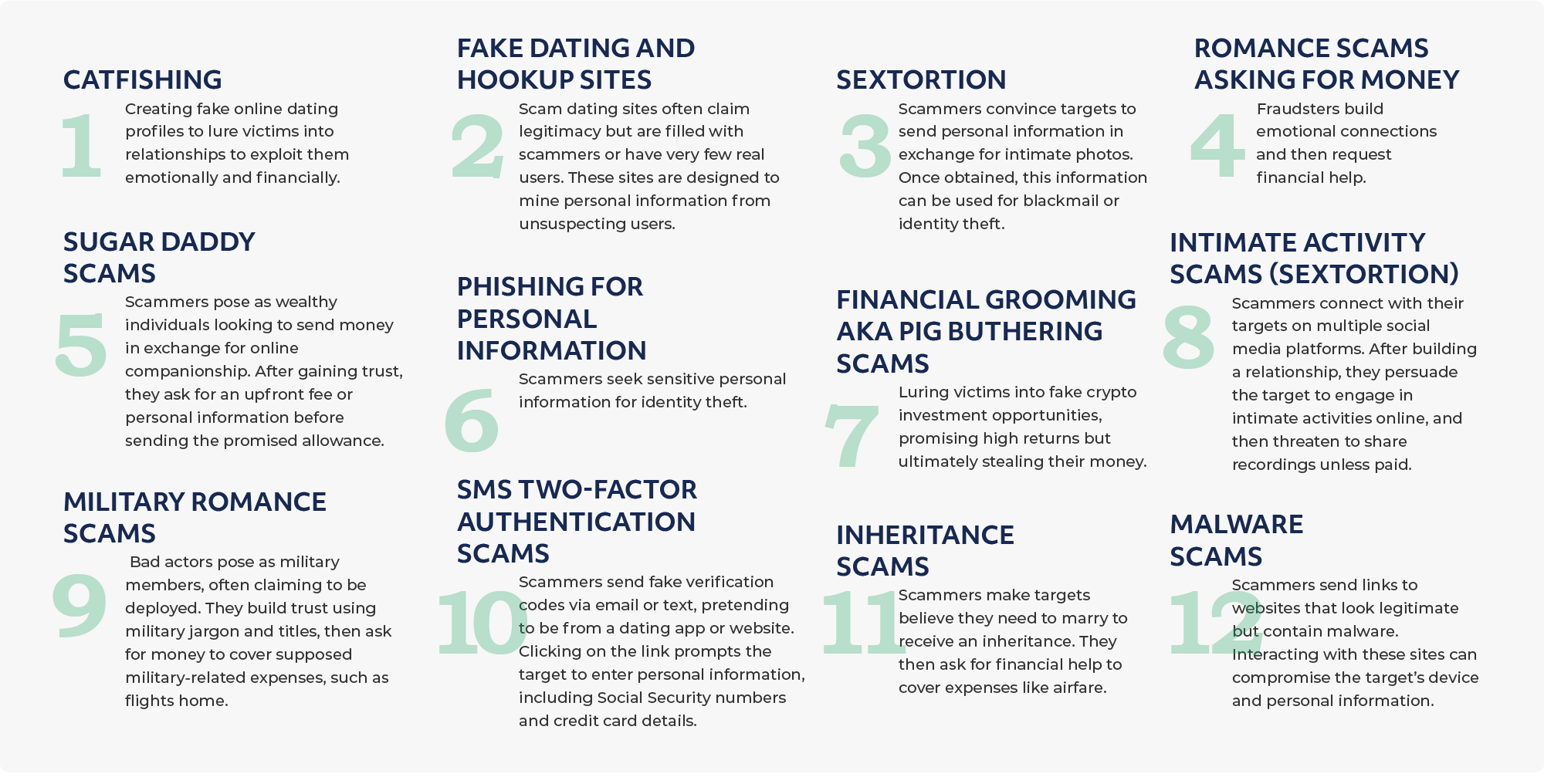
Some of the most common Internet dating scams include:
- Catfishing: Creating fake online dating profiles to lure victims into relationships to exploit them emotionally and financially.
- Fake Dating and Hookup Sites: Scam dating sites often claim legitimacy but are filled with scammers or have very few real users. These sites are designed to mine personal information from unsuspecting users.
- Sextortion: Scammers convince targets to send personal information in exchange for intimate photos. Once obtained, this information can be used for blackmail or identity theft.
- Romance Scams Asking for Money: Fraudsters build emotional connections and then request financial help.
- Sugar Daddy Scams: Scammers pose as wealthy individuals looking to send money in exchange for online companionship. After gaining trust, they ask for an upfront fee or personal information before sending the promised allowance.
- Phishing for Personal Information: Scammers seek sensitive personal information for identity theft.
- Intimate Activity Scams (Sextortion): Scammers connect with their targets on multiple social media platforms. After building a relationship, they persuade the target to engage in intimate activities online, and then threaten to share recordings unless paid.
- Military romance scams: Bad actors pose as military members, often claiming to be deployed. They build trust using military jargon and titles, then ask for money to cover supposed military-related expenses, such as flights home.
- SMS Two-Factor Authentication Scams: Scammers send fake verification codes via email or text, pretending to be from a dating app or website. Clicking on the link prompts the target to enter personal information, including Social Security numbers and credit card details.
- Inheritance Scams: Scammers make targets believe they need to marry to receive an inheritance. They then ask for financial help to cover expenses like airfare.
- Malware Scams: Scammers send links to websites that look legitimate but contain malware. Interacting with these sites can compromise the target’s device and personal information.
- Financial Grooming (AKA Pig Butchering) Scams: Scammers building trust with victims over time, then convincing them to invest in fake cryptocurrency or investment schemes. Once the victims invest, the scammers steal their money.
Impact on Dating Platforms
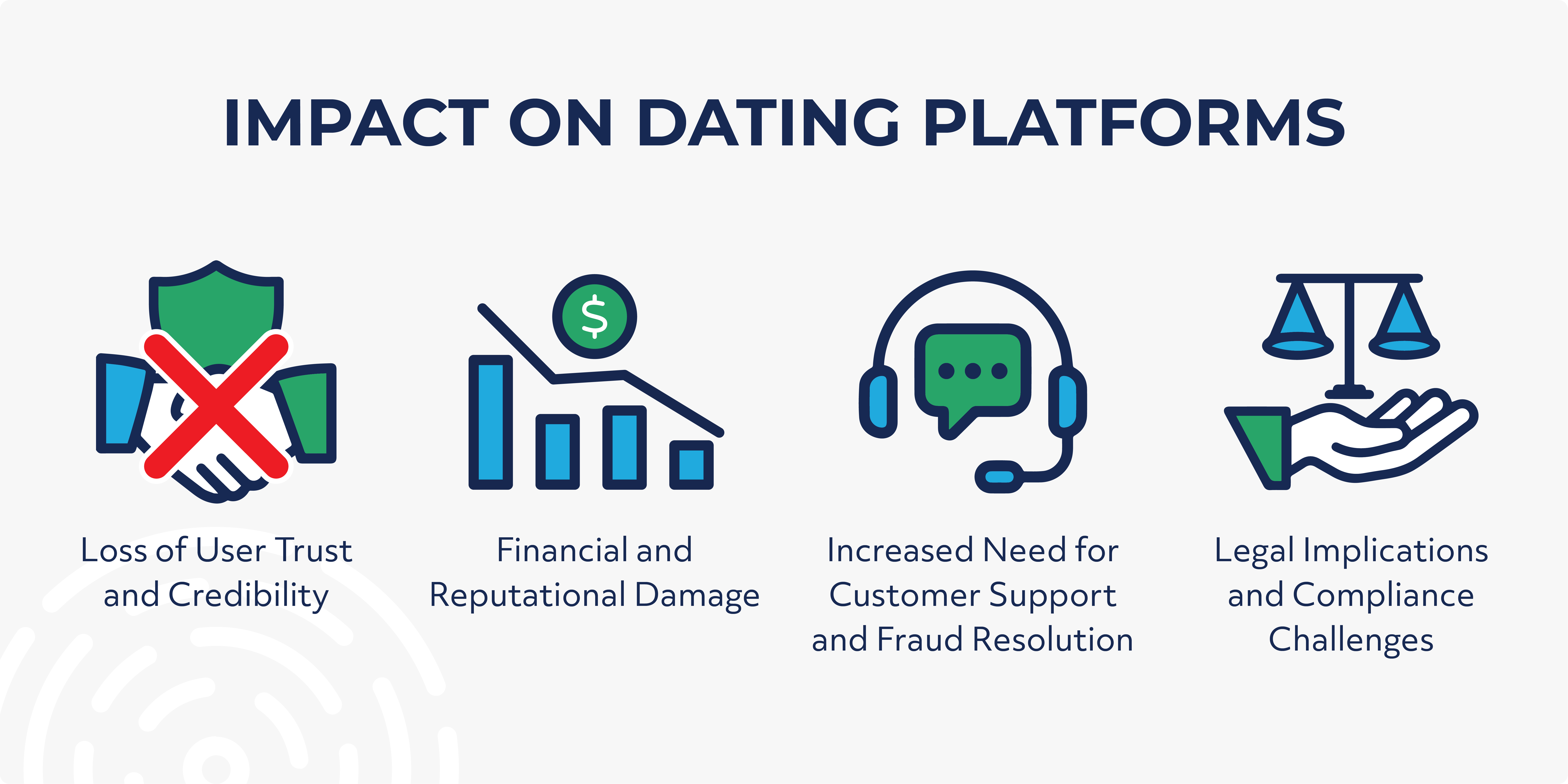
Online dating platforms rely heavily on user trust. When scams occur, they erode this trust, damaging the platform’s reputation and deterring potential new users. The financial and reputational consequences can be significant, including:
1. Loss of User Trust and Credibility
Online dating platforms thrive on trust. When users fall victim to scams, they lose faith not only in the individuals involved but also in the platform itself. A single incident can spread quickly through reviews and word-of-mouth, damaging the platform’s reputation and deterring potential new users.
2. Financial and Reputational Damage
Beyond losing users, platforms can face significant financial repercussions. Addressing fraud requires resources, from reimbursing affected users to implementing stronger security measures. Negative publicity resulting from scams can also lead to decreased revenue and long-term brand damage.
3. Increased Need for Customer Support and Fraud Resolution
When scams occur, the burden on customer support teams increases. Resolving fraud cases is time-consuming and requires specialized knowledge. This not only strains resources but also diverts attention from improving the user experience and growing the platform.
4. Legal Implications and Compliance Challenges
Platforms must navigate complex legal landscapes and ensure compliance with regulations designed to protect users. Failure to do so can result in hefty fines and legal battles. Staying compliant while effectively combating fraud is a significant challenge that requires constant vigilance and adaptation.
Where Traditional Security Measures Fall Short
In online dating, traditional user verification methods like email and phone verification are increasingly inadequate against modern fraud tactics. Scammers easily bypass these checks using disposable emails and temporary phone numbers, creating fake profiles. One-time passcodes (OTPs), PINs, and passwords can be intercepted or shared, leaving platforms vulnerable. These methods are also prone to phishing attacks, where scammers trick users into revealing their login details.
Additionally, many people reuse passwords across different sites, making it easy for scammers to exploit leaked passwords from other breaches. Scammers are becoming more adept at creating realistic profiles and engaging in deceptive behavior that traditional security measures can’t easily catch. The importance of advanced, multi-layered security solutions cannot be overstated; platforms need comprehensive protection that adapts to new threats.
Enhancing Privacy and Security with Trust Stamp’s Advanced Solutions
Trust Stamp provides innovative solutions designed to address the gaps in traditional security measures and offer solid protection for dating platforms and their users. Our privacy-first approach ensures that user identities are authenticated without storing any biometric information, safeguarding user privacy while enhancing security.
Facial Biometric Authentication
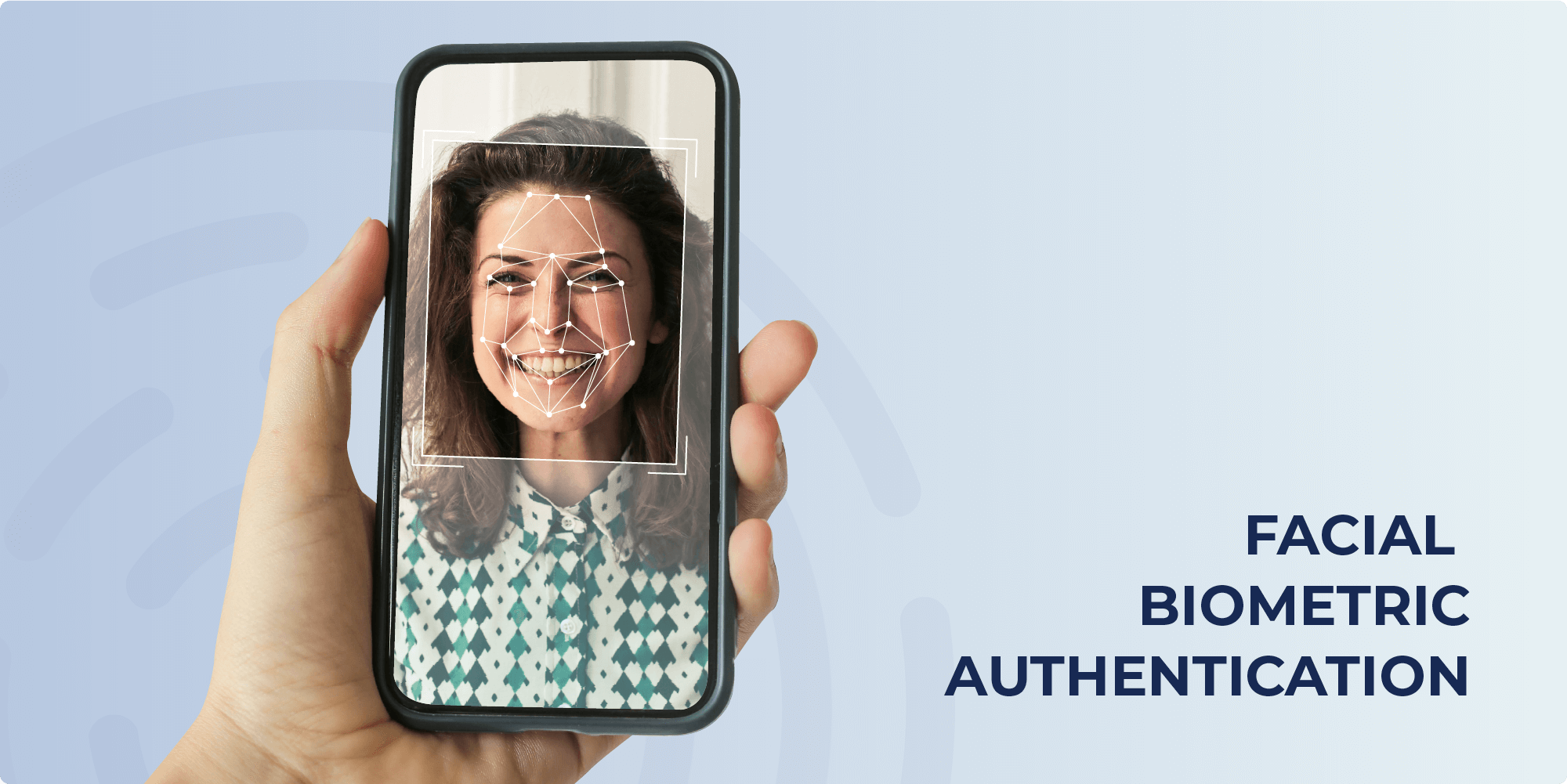
This technology uses a selfie to verify user identities and ensure the actual user behind the device matches the person in the profile photos. It is especially useful for reactivating dormant accounts. The process includes liveness checks and biometric comparison, which confirm that the user is physically present and not using a static image or video to spoof the system. Additionally, this method verifies that the individual in the profile photos is the same as the user being verified.
Duplicate Face Detection
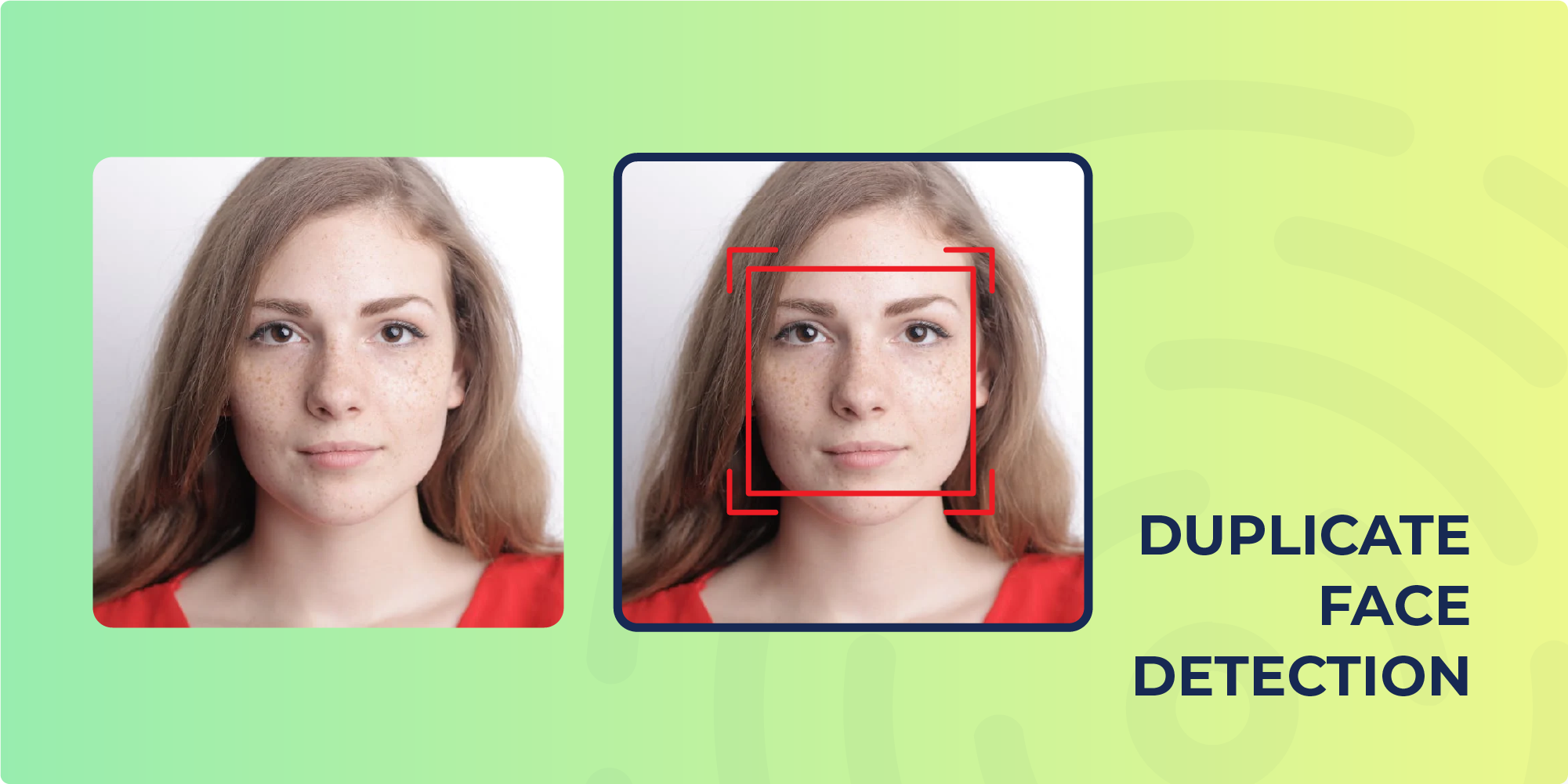
Trust Stamp’s biometric duplicate detection feature employs an unsupervised machine learning model to identify instances where the same face is linked to multiple accounts. This capability is particularly beneficial in addressing issues like catfishing, where scammers use another person’s likeness to create false identities and deceive victims. By quickly flagging these duplicate accounts, the system helps eliminate inauthentic profiles, thereby maintaining the integrity and trustworthiness of your platform. This not only protects users from fraudulent interactions but also ensures a safer and more secure environment for genuine users.
Biometric Watchlist
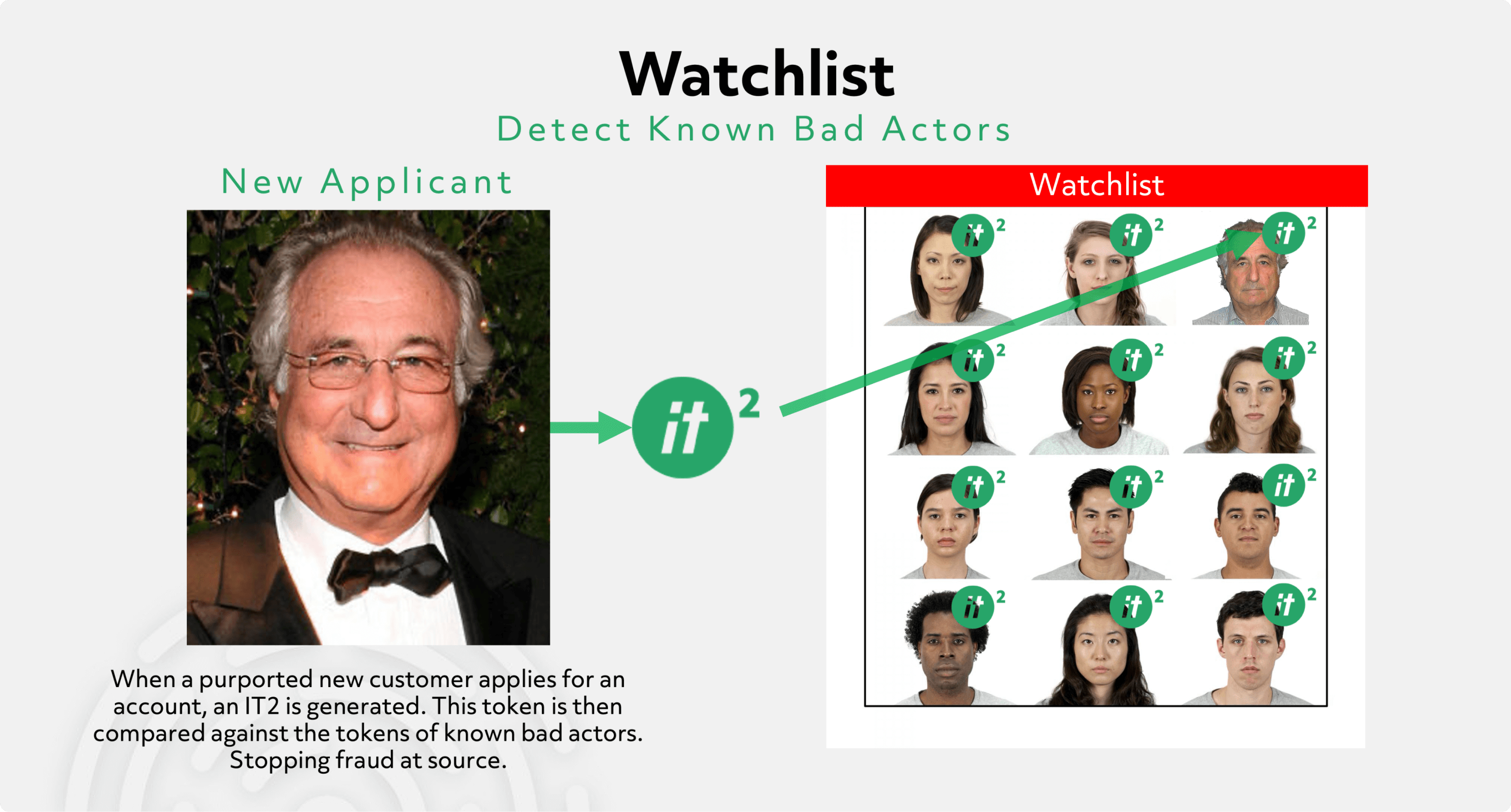
When a face is deemed untrustworthy, a unique biometric token—an anonymized digital representation of the person’s facial features—is created and added to your biometric watchlist. This ensures that your system is alerted whenever that face reappears, preventing repeat offenders from creating new accounts. This proactive measure significantly enhances overall security by blocking access to known bad actors, thereby protecting the integrity of the platform.
Age Estimation

Romance scams can exploit individuals across different age groups, including both minors and seniors. Trust Stamp’s age estimation feature helps dating platforms accurately assess a user’s age based on their selfie. This is crucial for several reasons:
- Protecting Minors: It ensures compliance with age restrictions, preventing underage users from accessing the platform and being exposed to potential scams.
- Safeguarding Seniors: Older adults seeking relationships with peers may be particularly vulnerable to scammers posing as similarly aged individuals. Age estimation can help identify discrepancies where a user’s real age does not align with their claimed age, helping to prevent cases where younger individuals impersonate older adults to exploit them. This feature enhances trust and security by verifying that users are genuinely representing their age, thus protecting seniors from potential exploitation and ensuring they interact with peers as intended.
With Trust Stamp’s advanced solutions, dating platforms can tackle the weaknesses of traditional security methods head-on. Our tools not only offer robust protection against sophisticated online dating scams but also enhance user trust and keep the platform’s integrity intact.
Want to protect your users and enhance trust? Contact us for a demo today!

